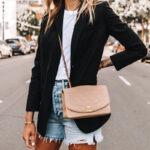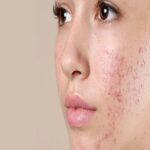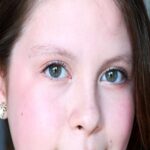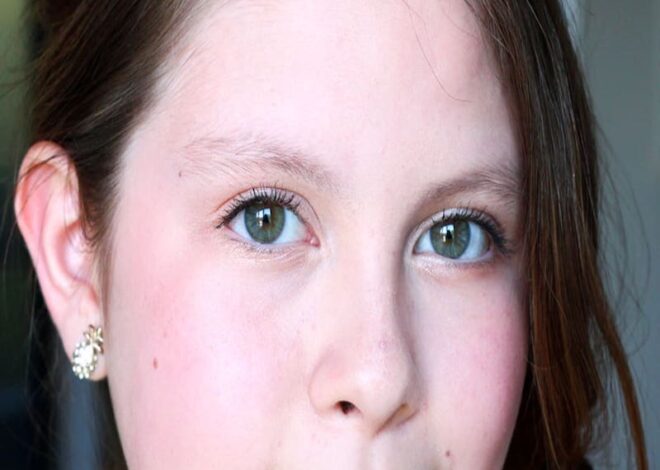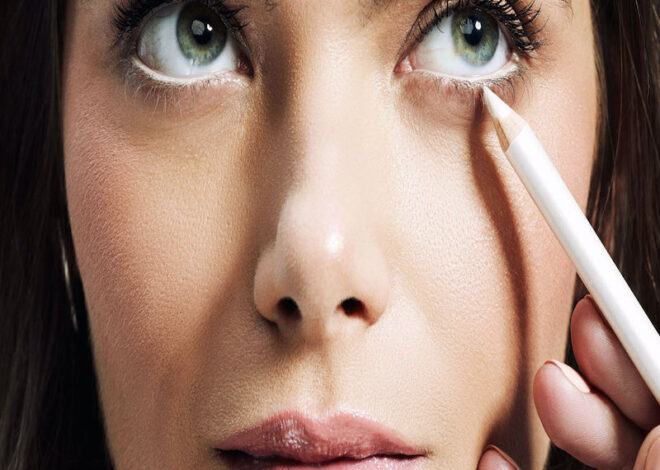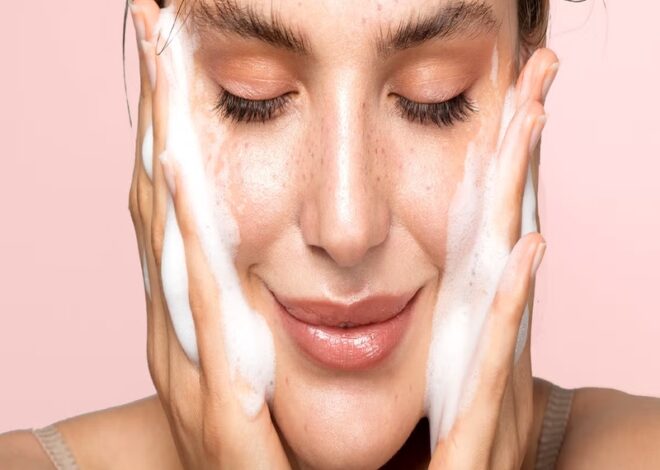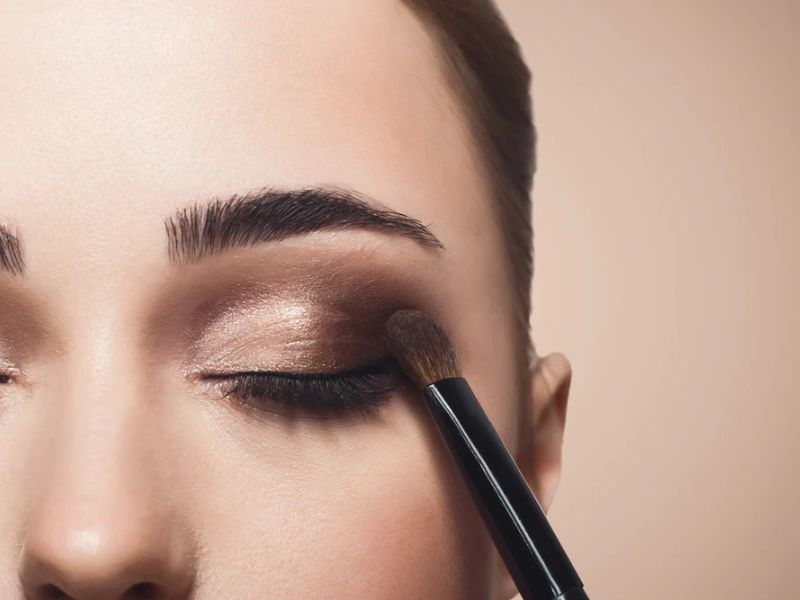
Makeup techniques for beginners must be given to you by everyone
Are you passionate about conquering the art of makeup but are confused by the countless products and techniques? Don’t worry, this article is for you! You are a complete “rookie” just starting with the useful makeup techniques for beginners that Evaworlds shares below. What are you waiting for? Discover it now.
Step 1: Makeup techniques for beginners
Smooth, long-lasting foundation comes from healthy skin. Skin care helps protect skin from environmental damage and prevents premature aging.
Basic skincare steps:
- Wash your face: Use a facial cleanser suitable for your skin type to remove dirt, sebum and makeup (if any).
- Toner: Balances skin pH and tightens pores.
- Moisturizer: Provides necessary moisture to the skin, making it soft and smooth.
Note:
- Choose skincare products suitable for your skin type: dry skin, oily skin, sensitive skin,…
- Do this regularly twice a day (morning and evening).
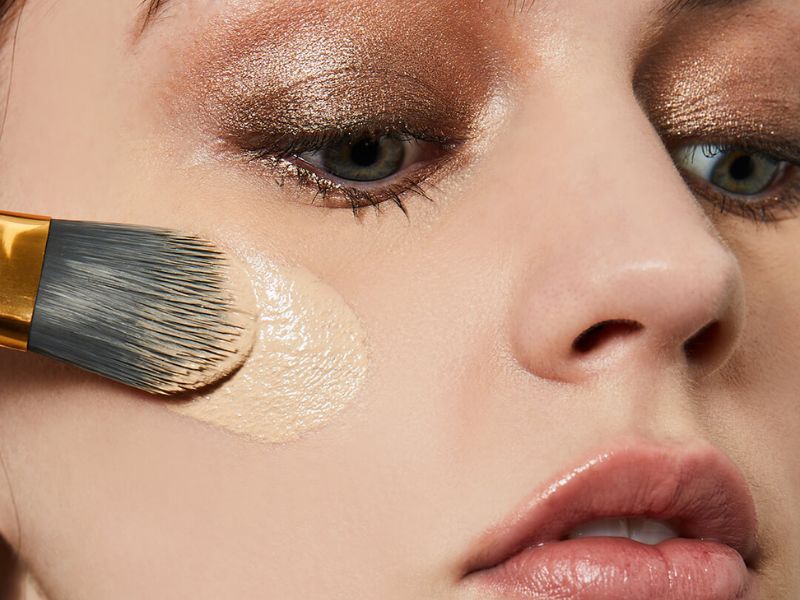
See more:
- What is prom season? What to prepare for a brilliant prom night?
- Lavender Pedicure benefits – Suggested address for the most beautiful Lavender nails
- What are dip powder nails? Tips for taking care of dip powder nails at home
Step 2: Primer
Function:
- Helps the foundation stay smooth and long-lasting.
- Covers pores and controls oil effectively.
- Protects skin from environmental damage.
Popular types of primer:
- Oil control primer: For oily skin, oily combination skin.
- Moisturizing primer: For dry, dehydrated skin.
- Pore blur primer: Effectively covers pores.
How to choose primer:
- Determine your skin type.
- Choose a primer that suits your skin’s needs.
- Consult a dermatologist or salesperson.
Step 3: Foundation
Role:
- Creates a smooth, even foundation for the skin.
- Covers imperfections such as acne, freckles, and dark circles.
- Enhances skin tone and creates a smooth, bright effect.
Popular types of foundation:
- Cream form: High coverage, suitable for dry skin.
- Water type: Light, natural foundation, suitable for all skin types.
- Cushion form: Easy to use, convenient, provides a smooth foundation.

How to choose foundation:
- Determine your skin tone.
- Choose a foundation with a texture that matches your skin type.
- Test foundation on skin before purchasing to check coverage and color.
Technique for applying foundation:
- Use a brush or sponge to spread the foundation evenly from the inside out.
- Pay attention to blending carefully in areas with skin imperfections.
- Set the foundation with powder to make the foundation last longer.
Step 4: Concealer
Function:
- Effectively covers imperfections such as dark circles, acne scars, and melasma.
- Creates a smooth, bright effect for the skin around the eyes.
Popular types of concealer:
- Cream form: High coverage, suitable for large blemishes.
- Stick form: Easy to use, convenient, suitable for small defects.
- Pencil form: High coverage, easy to control.
How to choose concealer:
- Determine your skin type.
- Choose a concealer with coverage suitable for the blemish.
- Choose a concealer that is one shade lighter than your skin tone.
Concealer spreading technique:
- Use your fingers or a concealer brush to gently dab on blemishes.
- Use a sponge to spread concealer evenly to create a natural effect.
Note:
- Choose a concealer with a light texture to avoid a cakey look.
- Set the concealer layer with powder to make the concealer layer last longer.
Step 5: Powder (continued)
Function: Gives a smooth matte effect to makeup.
Popular types of powder:
- Powder coating: Good oil control, suitable for oily skin, oily combination skin.
- Pressed powder: Easy to use, convenient, provides a thin, light coating.
- Spray powder: Light coating, creating a natural effect.
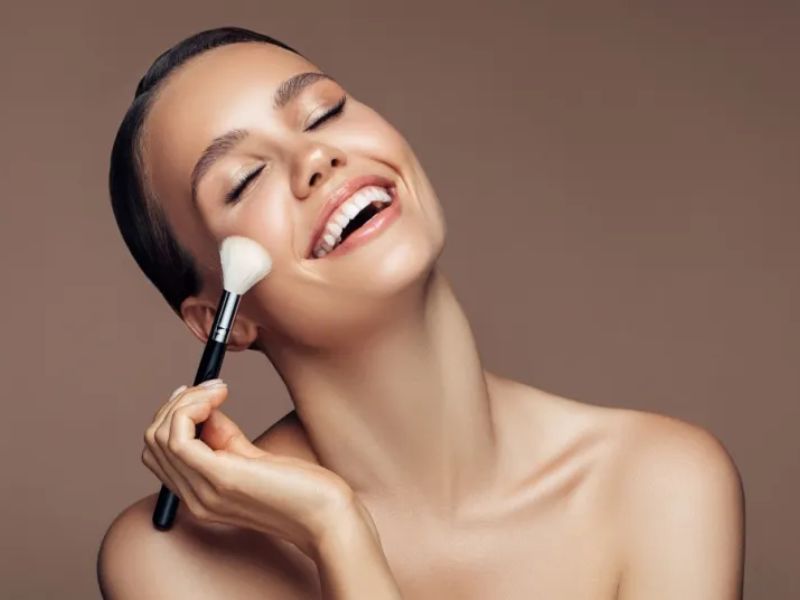
How to choose powder:
- Determine your skin type.
- Choose powder with a texture that suits your skin’s needs.
- Consult a makeup artist or salesperson.
Powder coating technique:
- Use a brush or powder puff to spread the powder evenly over the entire face.
- Pay attention to applying powder carefully in areas where your skin is prone to oil.
Note:
- Choose a powder brush or puff that matches the type of powder.
- Avoid applying powder too thickly to avoid a cakey look.
See more:
- Which Skin Type Are You? Top 4 most popular skin types
- Review Facial treatment essence sk2 is it really good?
- Discover the simplest facial care routine for oily skin
Step 6: Eyebrow
Role:
- Frames the face, creating emphasis on the eyes.
- Brings natural and delicate beauty to the face.
Eyebrow technique:
- Determine the appropriate eyebrow shape: Based on your face and personal preferences.
- Choose the right eyebrow pencil color: You should choose an eyebrow pencil color that is one tone lighter than your hair color.
- Draw eyebrow frame: Use an eyebrow pencil to gently draw along the natural eyebrow frame line.
- Fill in eyebrow color: Use eyebrow pencil or eyebrow powder to fill in sparse eyebrow color.
- Groom your eyebrows: Use mascara to groom your eyebrows to create a smooth, natural effect.
Note:
- You should draw your eyebrows in short, light strokes to create a natural effect.
- Avoid eyebrows that are too thick or too thin.
- You can use eyebrow gel to fix and shape your eyebrows.
Step 7: Eyeshadow
Function:
- Creates a highlight for the eyes, making them more sparkling and attractive.
- Brings diverse beauty to the face.
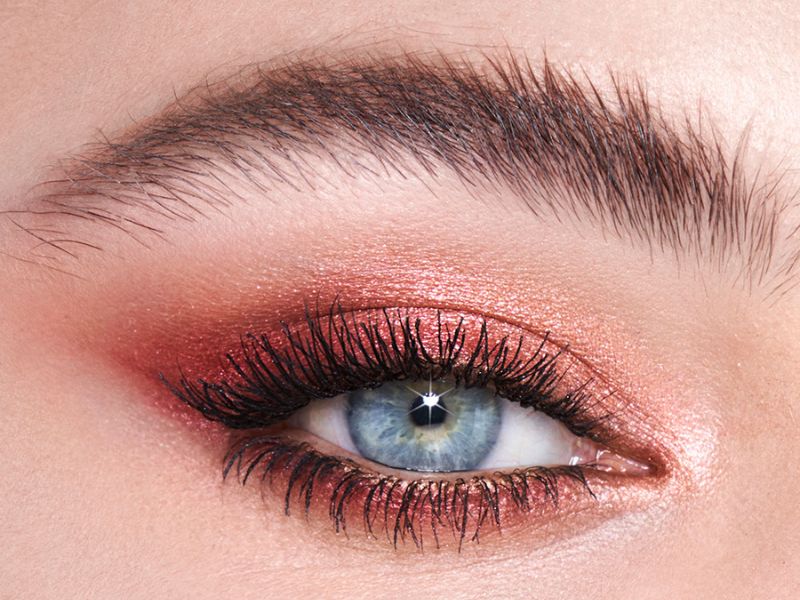
Eyeshadow technique:
- Choose the right eyeshadow color: Based on skin color, eye color and personal preference.
- Eye primer: Use eye primer to help your eye shadow color better and last longer.
- Apply eyeshadow: Use a brush to apply eyeshadow evenly using different techniques (smoky eyes, liquid eyes,…).
- Eyeliner: Use eyeliner or gel eyeliner to create eye contour.
- Apply mascara: Use mascara to curl your eyelashes to create a thick and long effect.
Note:
- You should choose an eyeshadow color that matches your skin tone and eye color.
- You should blend eyeshadow colors to create a beautiful color transition effect.
- Eyeliner should be applied thinly to create a natural effect.
Step 8: Blush
Function:
- Brings radiant and fresh beauty to the face.
- Creates a slimming effect for the face.
Technique for applying blush:
- Choose the right blush color: Based on skin color and personal preferences.
- Apply blush: Use a brush to apply blush evenly onto the cheekbones.
- Should be blended gently to create a natural effect.
Note:
- You should choose a blush color that matches your skin tone and lipstick color.
- Avoid applying blush that is too dark or too high.
Step 9: Lipstick (continued)
Lipstick technique:
- Choose the right lipstick color: Based on skin color, tooth color and personal preferences.
- Lip balm: Apply lip balm before applying lipstick to protect lips from dryness and cracking.
- Lip liner: Use a lip liner to contour your lips.
- Apply lipstick: Use a lip brush or apply lipstick directly to the lips.
- Pucker your lips: Squeeze your lips gently to make the lipstick color even and smooth.
Note:
- You should exfoliate your lips regularly to keep them soft and smooth.
- You should choose good quality lipstick to protect your lips.
- Lip gloss can be used to create a glossy effect on the lips.
See more:
- Revealing the correct evening skincare routine for beautiful skin
- Revealing an effective facial care routine for acne at home
- TOP 6 Korean facial care products best you should try
Step 10: Finishing the makeup (Finishing Touches)
Complete makeup:
- Use mineral spray to help makeup last longer and keep it moisturized
- skin.
- Use a cotton swab to edit small details.
Note:
- You should choose a mineral spray suitable for your skin type.
- Makeup tools should be stored carefully to ensure hygiene.
So, we have just learned about Makeup Techniques for Beginners. Hope this article will bring you useful knowledge. Makeup is not just a makeup tool but also an indispensable part in enhancing the body and creating natural beauty. If you have any questions, please comment below the article so Evaworlds can answer them for you.






